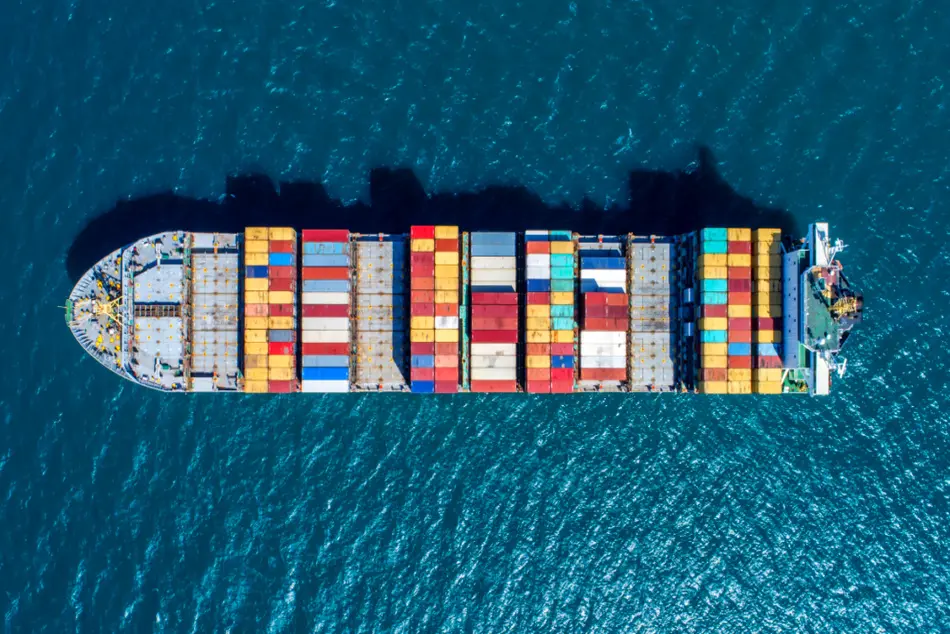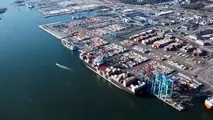Five sustainability challenges for shipping by 2030
Managing cost, digitalization and environmental regulations are some of the key sustainability challenges shipping will have to encounter in the next 5-10 years, industry experts said on the sidelines of the latest SAFETY4SEA Athens Forum, which took place in Eugenides Foundation on 2 October.

Managing cost, digitalization and environmental regulations are some of the key sustainability challenges shipping will have to encounter in the next 5-10 years, industry experts said on the sidelines of the latest SAFETY4SEA Athens Forum, which took place in Eugenides Foundation on 2 October.
When asked by Mr. Apostolos Belokas, Managing Editor, SAFETY4SEA, to share their views on key sustainability challenges for the maritime sector in the near future, panelists named the following:
1.Decarbonization and lower emissions: Shipping could not stay unaffected from the ongoing discussion and greater awareness on the adverse effects of climate change globally, with IMO boosting efforts to lower the industry’s emissions over the last years. The IMO’s landmark decision of 2018 for at least 50% reduction in greenhouse gases by 2050 (compared to 2008) triggers new challenges for the industry on how to manage a lower-emissions pathway.
Technical measures for shipping decarbonization
- Cold ironing or shore power
- Cargo space utilization
- Main and auxiliary engines improvements
- Speed reduction
- Wind propulsion
- Route optimization
- Advanced hull coatings
Meanwhile, in less than three months, the 2020 sulphur cap is entering into force mandating ships to run on fuel containing up to 0.5% m/m of sulphur and triggering a big debate on which is the best way of compliance between scrubbers and alternative fuels.
"I believe the highest challenge is the incoming decarbonization mandated by IMO, involving a variety of alternative fuels, which have their pros and cons: To solve this, we have a lot of work and thought. We have to start immediately with short-term measures."
-John Kokarakis, Director Technical Business Development, Bureau Veritas
2. BWM: Since the IMO’s BWM Convention entered into force in September 2017, ships have been required to have a ship-specific ballast water management plan and keep a ballast water record book. They also must manage their ballast water to comply either with the D-1 ballast water exchange standard or the D-2 performance standard. The latest amendments, implemented on 13 October 2019, establish an implementation schedule to ensure ships manage their ballast water to meet a specified standard (D-2 standard). The 8th September 2024 marks the final deadline for fully complying with BWM Convention. The complexity of the issue mandates from regulators to be clear, while from manufacturers and owners to be educated and aware.
"There are a lot of legislative challenges ahead, like the BWM Convention; I expect we are going to see quite a few problems there going forward."
-David Nichol, Senior Loss Prevention Executive, UK P&I Club
3. Digitalization & Automation: While the reality of a “smart present” makes the image of a “smart future” certain and given the advantages presented by automation and smart technology, the biggest challenge for shipping organizations seems to be a right mindset. Companies which are still stuck in their traditional way of doing things will have to change perspective in order to adopt to new reality of the digital sphere.
"Technology is coming into shipping very rapidly for decarbonization or automation and artificial intelligence. I think the challenge is there. Companies and everybody involved in this industry need to invest money in these technologies and finding the right solution in order to be sustainable and make the right decisions for the future."
-Stavros Niotis, Principal Engineer OEP, ABS
4. Cost: The above trends require continuous investment from shipping companies, in the first level, to achieve compliance with the new regulations and, in a second level, to maintain sustainability amid a constantly changing environment and an uncertain future. For example, widely discussed lately are the cost implications associated with the 2020 sulphur cap, where shipowners can either install scrubbers on ships or opt for low-sulphur fuels, but both solutions increase costs compared to the conventional HFO used until now. These new developments require from companies to find efficient ways to manage the cost and survive or even make the difference.
"In order to cope with the new regulations and what we have ahead, we have to invest. And we have a lot of cost involved. We have to manage the cost. We need a find balance between the investment and the sustainable shipping."
-Stavros Meidanis, DPA/CSO, S&Q Manager, Capital Ship Management Corp.
5. Over-regulation and politics: While shipping is already claiming the title of a heavy regulated- industry, things change so fast continuously transforming requirements and demands from shipping companies, seafarers, stakeholders, ports, shipbuilders, classification societies, flag states, etc. Meanwhile, an increasing trend of geopolitical tensions and sanctions imposition recently reveals how politics is expected to gain an even greater impact on commercial shipping.
"A major challenge is over-regulation and the unrealistic goals set by bureaucrats who have no responsibility and no sense of economics and engineering. This is a killer and will keep shipping in a constant state of depression."
-George A. Gaitas, Attorney and Partner, Gaitas & Chalos, P.C



